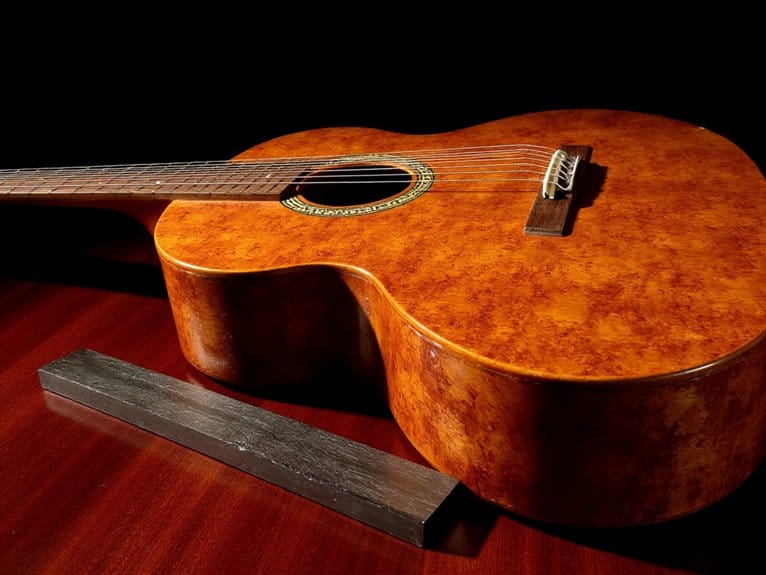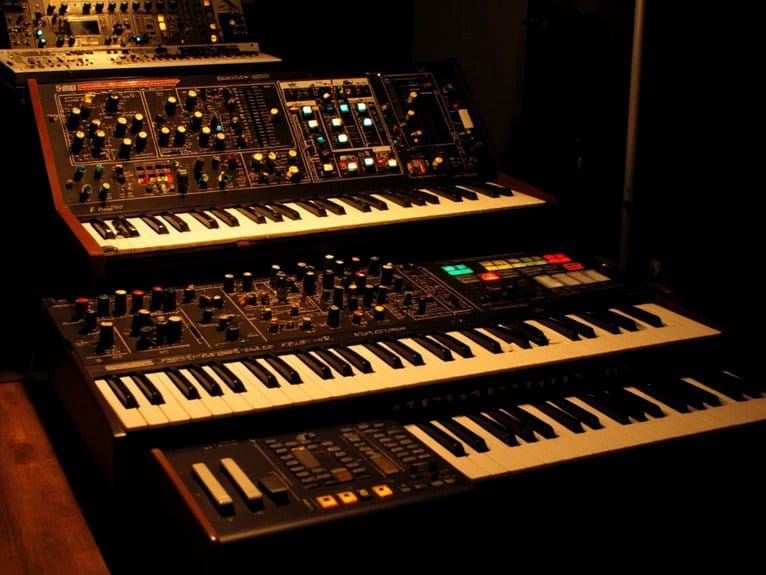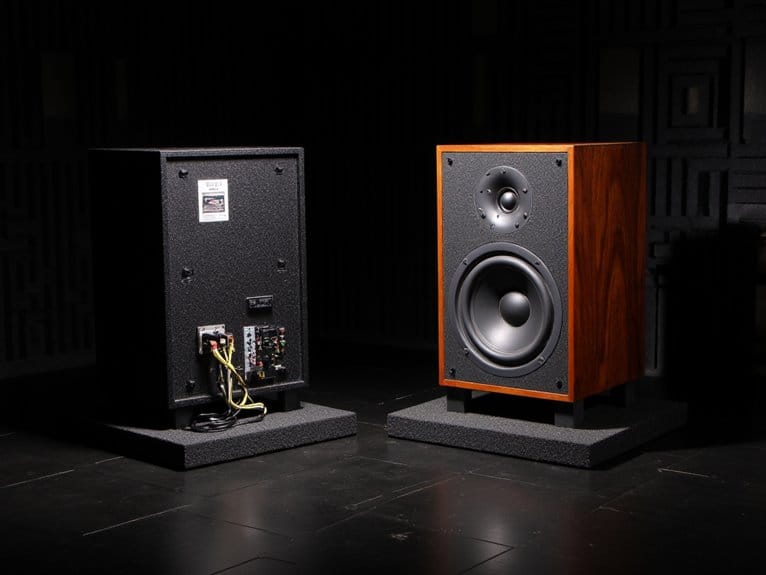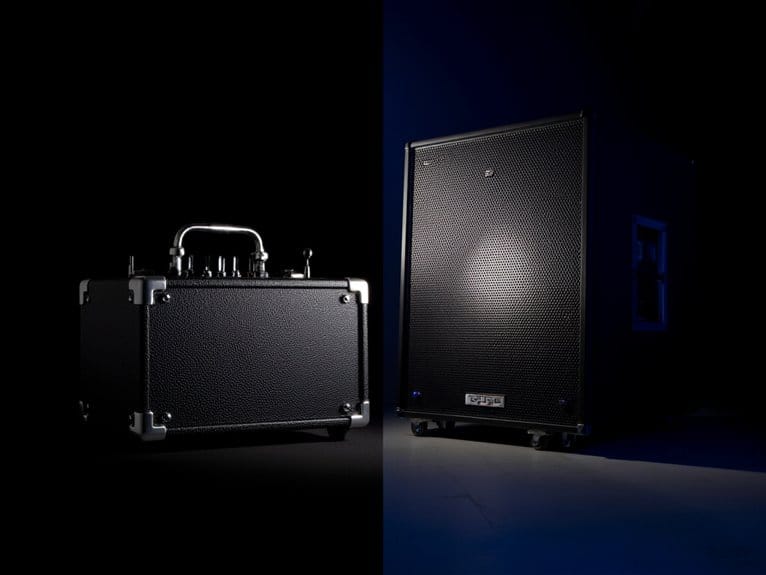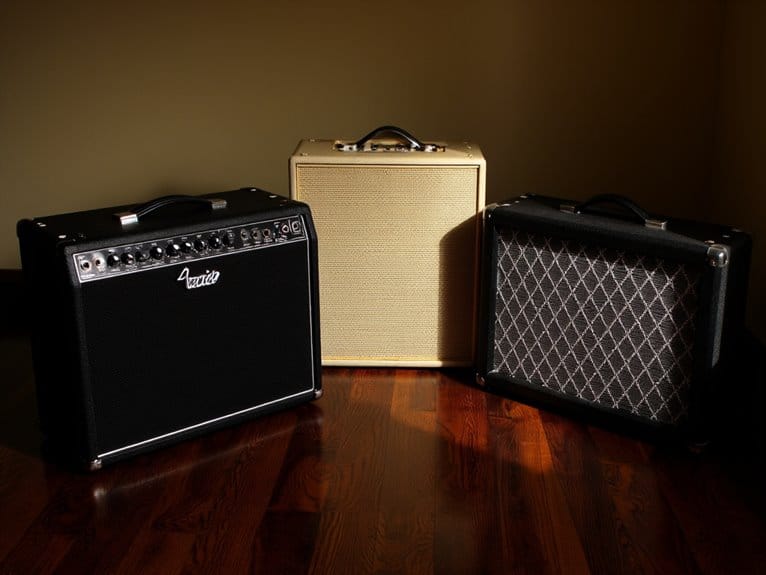Creating a Podcasting Corner in Your Home Studio
Have you ever considered transforming a corner of your home into a podcasting oasis? The allure of creating a dedicated space for capturing your thoughts and ideas in pristine audio quality can be enticing. By strategically planning and outfitting this corner with the right tools and equipment, you could be on your way to producing professional-sounding podcasts from the comfort of your own home. But where do you start and what elements are essential for a successful podcasting setup? Let’s explore the key components that can elevate your podcasting game and enhance your recording experience.
We are supported by our audience. When you purchase through links on our site, we may earn an affiliate commission, at no extra cost for you. Learn more.
Selecting the Ideal Room
When setting up a podcasting corner, the first important step is to carefully choose a room with minimal background noise. Selecting the ideal room for your home podcast studio setup is important for ensuring excellent sound quality in your recordings. To achieve this, consider a smaller room rather than a large open space. Smaller rooms help enhance acoustics by minimizing sound reflections, creating a more controlled environment for your podcast.
When choosing a room, look for spaces with carpeted floors and soft furnishings. These elements help absorb sound waves, reducing echo and improving sound quality. Avoid rooms with large windows or hard surfaces like tile or hardwood floors, as these can cause sound reverberations that distort audio recordings.
Additionally, it is essential to select a room located away from high-traffic areas and shared walls to minimize external disturbances during podcast recording sessions. By choosing a quieter area of your home, you can create a more conducive environment for capturing clean and professional-sounding podcasts. Careful room selection is the foundation for a successful podcasting setup, setting the stage for high-quality recordings that engage your audience effectively.
Soundproofing Vs. Sound Treating
To optimize the acoustics in your podcasting corner, understanding the distinction between soundproofing and sound treating is paramount. Soundproofing primarily deals with preventing external noise from entering or exiting a room, ensuring a quiet environment for recording. This process often involves adding mass and density to surfaces such as walls, floors, and ceilings to block out unwanted sounds effectively. On the other hand, sound treating focuses on enhancing the quality of sound within a room, addressing issues like reflections and reverberations that can affect audio clarity.
Soundproofing techniques may include installing double-glazed windows, using door seals, and incorporating acoustic insulation to minimize noise transfer. Sound treating, on the other hand, utilizes specialized materials like acoustic panels, bass traps, and diffusers strategically placed to control sound waves and improve room acoustics for recording and listening purposes. Acoustic panels and bass traps are particularly effective in absorbing and diffusing sound, creating a more balanced and controlled acoustic environment.
Essential Equipment for Podcasting Corner
In setting up a podcasting corner, acquiring a quality microphone is essential for achieving clear audio recordings. When it comes to podcasting equipment, several key items are necessary to ensure a smooth recording process in your home studio:
- Microphone: A high-quality microphone is the cornerstone of any podcast setup, capturing your voice with clarity and fidelity.
- Audio Interface: This device enables you to connect your microphone to your computer, converting analog sound into digital data for recording purposes.
- Computer: A reliable computer or laptop is critical for storing and editing podcast episodes, providing the processing power needed for editing software to run smoothly.
- Closed-back Headphones: Closed-back headphones are essential for sound isolation, blocking out external noise and preventing audio leakage during recording sessions.
When assembling your podcasting corner, consider investing in a microphone stand to position your microphone optimally for the best sound quality. With these essential pieces of equipment in place, you’ll be well on your way to producing professional-grade recordings in your home studio.
Setting Up Your Podcasting Space
A well-ventilated corner in a peaceful room with minimal background noise provides an ultimate setting for your podcasting space. When setting up your podcasting area, consider utilizing a corner desk or table to efficiently arrange your podcast equipment. This dedicated space allows for better organization and accessibility during your recording sessions.
To enhance the sound quality of your recordings, think about incorporating sound treatment solutions such as acoustic panels or foam. These materials help to minimize echoes and create a more acoustically controlled environment in your podcasting corner. Proper acoustics are important for producing professional-grade audio recordings.
Make sure that your cables are managed effectively to prevent clutter and maintain a tidy workspace. This not only improves the aesthetics of your home studio setup but also contributes to a seamless recording experience.
Personalizing your podcasting corner with inspirational decor or branding elements can make the space more inviting and motivational. Adding personal touches to your studio can boost creativity and comfort during podcast recording sessions.
Tips for Optimal Podcast Recording
For ideal podcast recording, positioning the microphone at mouth level is important to make sure clear audio capture. When setting up your podcast recording environment, there are several tips to optimize your recordings:
- Use a pop filter: This tool helps minimize plosive sounds like ‘p’ and ‘b’, ensuring a smoother listening experience for your audience.
- Adjust the recording environment: Add soft furnishings and acoustic panels to reduce echoes and improve sound quality in your recordings.
- Experiment with microphone placement: Find the best distance to capture your voice without distortion, ensuring a balanced sound.
- Consider a shock mount: Investing in a shock mount can help isolate the microphone from vibrations and handling noise, resulting in cleaner recordings.
These tips are important for achieving professional-quality audio recordings in your podcast. By implementing proper microphone techniques, utilizing essential accessories like pop filters and shock mounts, and optimizing your recording space with acoustic treatments, you can elevate the quality of your podcast episodes and provide your listeners with a clear and enjoyable listening experience.


